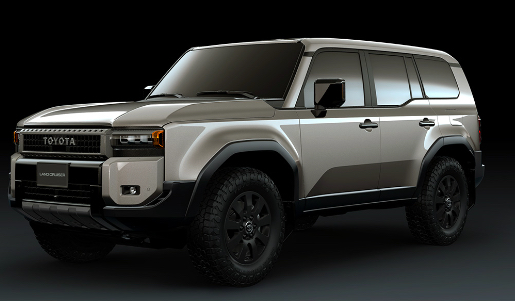In the realm of off-road vehicles, Toyota has successfully asserted its dominance with the Land Cruiser, consistently improving it year by year. Consequently, this vehicle boasts a rich history of being the preeminent off-road choice.
Nevertheless, even a renowned and dependable vehicle like this one is not immune to issues; prospective owners should be cautious when considering model years that have encountered notable problems.
You’ll discover which Toyota Land Cruiser years to avoid and the underlying reasons. Additionally, we’ll delve into a few common disorders and pinpoint models deemed safe for purchase in used vehicles.
💥
Land Cruiser Years to Avoid and the Reasons Why
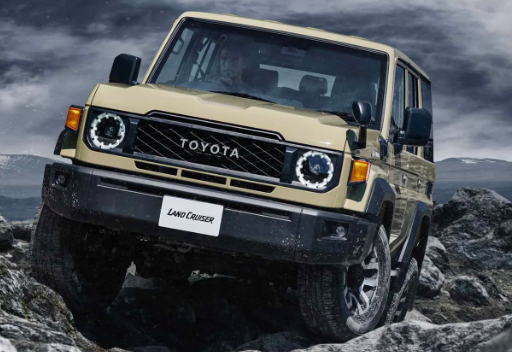
Records dating back to 1984 reveal many complaints regarding the Land Cruiser. However, as the Land Cruiser evolved, concerns dwindled significantly.
Compared to other model years, the 2016 iteration garnered the highest number of complaints, per CarComplaints.
Below, you’ll find a compilation of models one should exercise caution with:
- The 2000 Toyota Land Cruiser
- The 2005 Toyota Land Cruiser
- The 2008 Toyota Land Cruiser
- The 2011 Toyota Land Cruiser
- The 2013 Toyota Land Cruiser
- The 2015 Toyota Land Cruiser
- The 2016 Toyota Land Cruiser
- The 2017 Toyota Land Cruiser
2000 Model Land Cruiser: Issues Unveiled
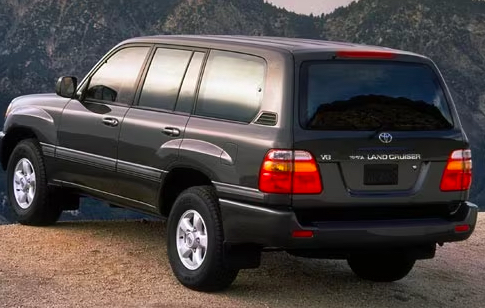
Car Problem Zoo analysis has designated the 2000 Land Cruiser as the most problematic vehicle on the market, mainly due to many customer complaints. Predominantly, the vehicle’s construction, encompassing body, underbody, and bumpers, gave rise to the most prevalent grievances, totaling seven complaints.
Following closely, the servicing of brakes emerged as the second most prevalent category of complaints, with five disgruntled customers voicing their dissatisfaction. Subsequently, the powertrain claimed the third spot on the list, eliciting four complaints.
Problems in the 2005 Model Land Cruiser
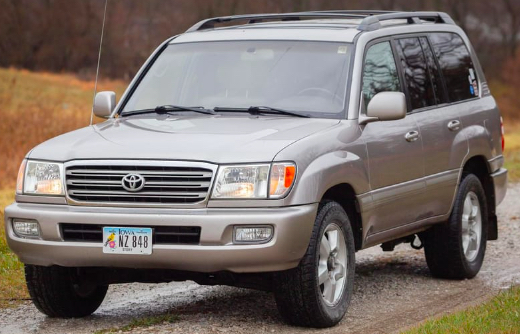
Notably, the 2005 model exhibited engine-related issues, characterized by the emission of blue smoke and noticeable oil consumption. Furthermore, transmission problems manifested early in the driving experience, beginning with the first shift.
Troubles in 2008 Land Cruiser
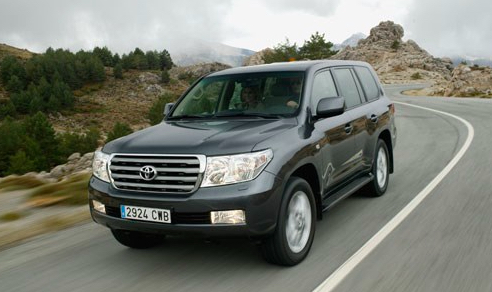
In 2008, Toyota introduced the eighth generation of the Land Cruiser, showcasing a redesigned SUV form. However, it bore certain flaws that left some consumers unsatisfied. Most notably, the Land Cruiser’s air conditioning system was susceptible to sudden failure, leading to inadequate cooling. Inspection revealed rusty AC lines necessitating replacement, potentially incurring substantial repair costs for those residing in regions prone to severe weather. Additionally, issues with the Key Fob functionality were reported.
Concerns in 2011 Land Cruiser
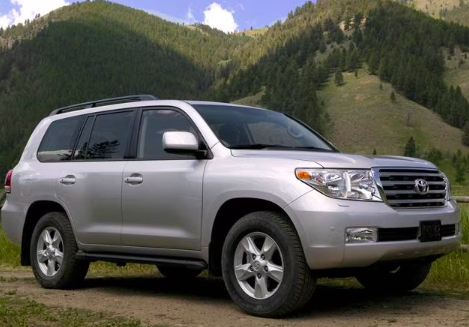
By 2011, the Toyota Land Cruiser had been on the market for over a decade, cherished for its reliability. However, the 2011 SUV model experienced sensor complications, as owners reported unexpected engine shutdowns linked to malfunctioning sensors, resulting in erroneous warnings. One owner encountered a persistent hood-open indicator, even when the hood was securely closed.
2013 Land Cruiser Model’s Predicament
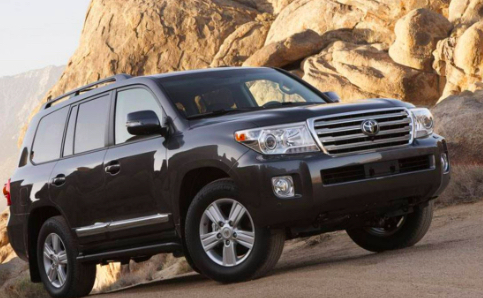
The primary concern surrounding the 2013 Land Cruiser pertained to its lighting system. Several owners reported improper headlight placement, resulting in unsettling vibrations. In some instances, headlights became dislodged, leading to their failure and posing a significant nighttime driving hazard. Prompt correction of shaky headlights was crucial regardless of the severity.
Issues in the 2015 Model Land Cruiser
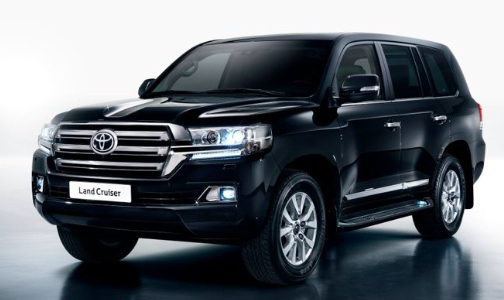
Among the latest iterations, the 2015 Toyota Land Cruiser had its drawbacks. The most notable issue revolved around the malfunctioning sound system, depriving users of the convenience of Bluetooth for music and calls. While a solitary individual reported this problem, it merits inclusion to ensure potential buyers are informed of potential issues.
Challenges in the 2016 Land Cruiser
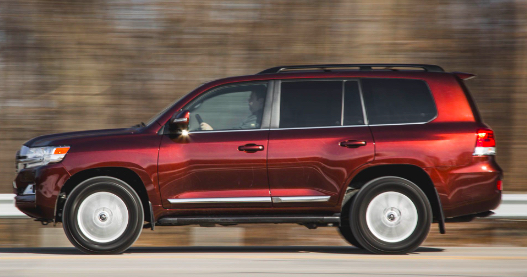
The year 2016 witnessed a surge in complaints on carcomplaints.com. Problems spanned various aspects, encompassing transmission, brakes, air conditioning and heating, and interior accessories. Complaints ranged from jerky shifting and squeaky brakes to squealing noises during braking. Additionally, issues with peeling leather on the steering wheel were noted.
Considerations for the 2017 Model Land Cruiser
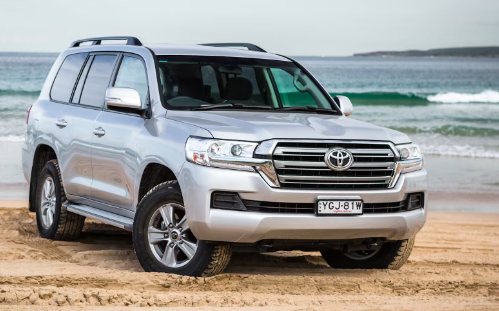
Before contemplating the 2017 Land Cruiser, it is prudent to take heed of potential drivetrain troubles reported by some customers, which may adversely affect the overall driving experience.
Identifying the Worst Years of the Land Cruiser
The 2000 and 2005 Toyota Land Cruiser models have garnered notoriety as problematic years. Despite the 2016 model year registering the most complaints overall, the 2005 iteration ranks worse due to other pertinent factors, such as elevated maintenance costs and more issues occurring at lower mileage, particularly engine-related problems.
Most Common Issues with the Toyota Land Cruiser
Let’s now delve into the prevalent problems frequently reported by Toyota Land Cruiser owners, which have posed notable challenges:
- Shifting Problems: Despite the impressive eight-speed system, transmission problems have surfaced, characterized by sluggish gear shifts and pronounced vibrations during gear changes. Notably, older Land Cruisers and some 2016 models have faced shifting issues.
- Engine Complications: The 2011 Toyota Land Cruiser experienced sudden engine failure, while the 2005 model was associated with visible blue smoke emissions. Diagnostic difficulties have compounded these issues, potentially leading to unexpected engine shutdowns and replacements.
- Excessive Oil Consumption: Predominantly afflicting Land Cruiser models preceding 2008, this issue involves engines emitting blue smoke due to oil leakage, ultimately necessitating engine replacement when the problem escalates.
- Transmission and Drivetrain: Experts recommend periodic automatic fluid replacement to mitigate issues. Problems may arise from the panel between the gearbox oil cooler and the coolant radiator deteriorating, resulting in contamination and gearbox failure. Additionally, a noticeable ‘thump’ during vehicle stops may occur due to inadequate lubrication in the prop shafts.
- Chassis and Body: Vigilance is warranted in inspecting the rear axle, body floor, rear chassis, and inner sills for rust, especially when the vehicle has been exposed to salt damage from sea towing. Grounding damage beneath the overhangs should also be monitored.
👀Look at this:
Selecting Safe Land Cruiser Model Years for Purchase
With Land Cruiser manufacturing ceased in the United States, prospective buyers will likely need to consider secondhand options. Among the choices, certain model years stand out as solid bets:
- 2020 Land Cruiser
- 2019 Land Cruiser
- 2014 Land Cruiser
- 2012 Land Cruiser
- 2009 Land Cruiser
- 2002 Land Cruiser
The 2020 Land Cruiser ranks as the pinnacle of Land Cruiser excellence, earning adoration for its remarkable features, including a V8 engine averaging 15 mpg.
The 2019 Toyota Land Cruiser, still part of the 2008 generation, impresses with enduring design and off-road capabilities.
The 2014 Toyota Land Cruiser boasts the fewest reported faults, solidifying its status as a top choice.
The 2012 Toyota Land Cruiser stands out for off-roading enthusiasts, equipped with all-wheel drive to conquer diverse terrains and top-tier safety measures to reduce accident risks.
The 2009 model offers a sound investment despite its city fuel efficiency of 13 mpg, thanks to stability control, airbags, and sensors.
Lastly, while aging, the 2002 Land Cruiser remains fast and reliable, incorporating modern safety features at a higher price point.
In Conclusion
Determining the ideal Land Cruiser year hinges on individual preferences. Newer 200 series models emphasize luxury and comfort, while those seeking a rawer experience can explore options from the 1980s and other eras. This comprehensive overview aims to assist in your research and decision-making process.
